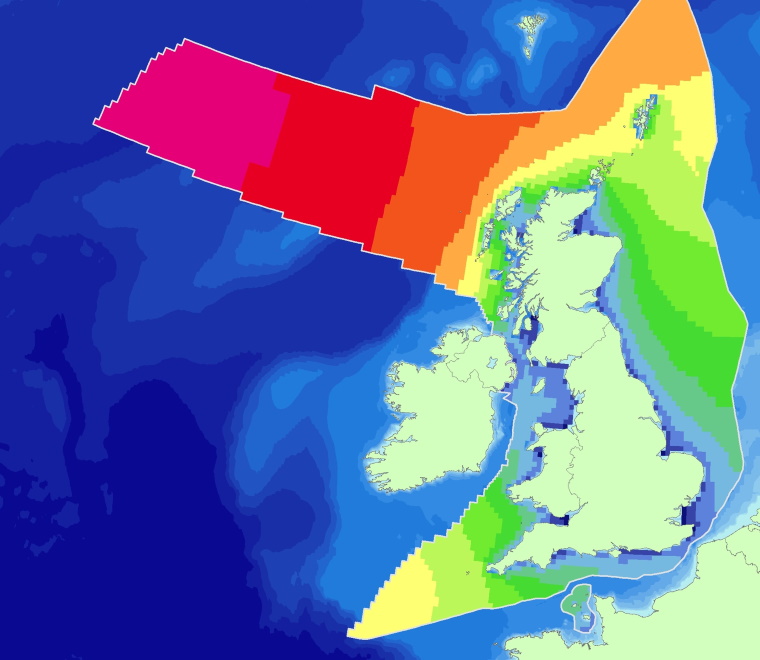

Estimating weather downtime: a comparison of methods
There are several different approaches to identifying weather downtime; how can organisations know which is best for their planned operations?
Weather downtime is a logistical and financial risk when planning marine operations. To mitigate the risk, potential downtime can be estimated using long-term hindcast data, allowing operations to be planned around these predictions.
However, there are several different approaches to identifying weather downtime, which can lead to variations in the output provided by these different approaches. How can organisations know which approach is best for their planned operations?
To address this question, ABPmer recently prepared a paper for the 2019 ASME Ocean, Offshore and Arctic Engineering (OMAE) conference. The paper outlines two main approaches employed within ABPmer, the methods used to create them, and the nature, advantages and disadvantages of each when planning marine operations.
The paper’s conclusions are summarised below:
Approach 1: Weather-windows-based statistics
What are they?
The weather windows-based statistics identify the proportion of time when pre-defined conditions allow operations to proceed (the “weather windows”). Typically, a weather window is identified when conditions are within a set threshold (e.g. wind speed is lower than 15 m/s) for an interval at least that of a set duration (enough time to complete the operation, e.g. 12 hours). The weather downtime for a given period is the mean proportion of time that the favourable windows are not available for operational work.
Advantage
Weather window statistics are calculated using averages from each month of the hindcast data. This means they provide a more robust description of overall workability within a calendar month.
Disadvantage
The averaging process tends to obscure weather downtime distribution across a given month, meaning the time spent waiting to perform a task may differ from the estimate.
Ideal use
Weather window-based statistics are best for projects involving repetitive execution of a single task for a short time, with well-defined environmental limits over longer time periods.
Approach 2: Simulation-based statistics
What are they?
Simulation based statistics are based on running simulations of specific sequential tasks against task-specific environmental limits (individually similar to weather windows).
Advantage
The downtime for all individual simulations is included in the assessment without averaging, so the full range of possible downtime associated with a realistic multi-phase operational scenario is reported.
Disadvantage
Best and worst-case examples of downtime are aggregated across multiple years, meaning there is no indication whether these marginal statistics represent isolated events or frequent occurrences.
Ideal use
Simulation-based statistics are best suited to longer projects involving the sequential completion of multiple tasks with varying location, weather window duration and environmental limits.
The ASME OMAE 2019 International Conference was held in Glasgow between 9-14 June 2019, hosted by the University of Strathclyde’s Department of Naval Architecture, Ocean and Marine Engineering.
To learn how weather downtime can support your project, visit the ABPmer SEASTATES microsite.


